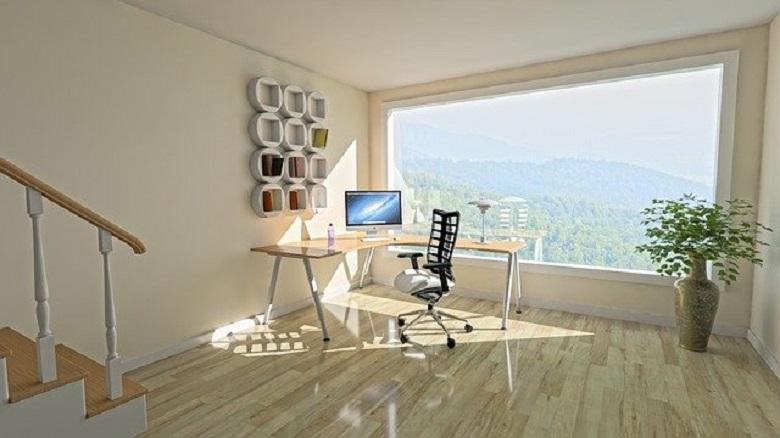How to organize your space to be more productive

Back in 2011, scientists from Princeton University studied the effect of organizing space on people’s performance and concluded that clutter in the workplace reduces productivity and concentrates on the work process.
Many unnecessary items and papers, endless browser tabs and folders on the computer desktop – all this dramatically distracts attention, interferes with work, makes you nervous and anxious.
So that you do not get bogged down in a heap of papers and stationery and your work becomes
Remove distractions
Arrange a general cleaning of the desk: collect all the trash, unnecessary office supplies, old papers, reminders on stickers, etc.
On the computer desktop, delete folders and files that you no longer use or move them to a disk so that they do not flicker on your desktop screen. Do the same with tabs in the browser – close all unnecessary and save essential links in a separate document.
Close social networks or turn off notifications – their annoying sound amid work is not only distracting but infuriating.
Organize everything you need
Make sure that everything you need for work is always at hand and in its place. Provide easy access to all accessories – pens, notepad, stickers, instructions, technology. Fold the stationery into one drawer – you can leave it on the table. All things that may be needed in the work process but are not required all the time are put in the desk’s nearest drawer. Leave the tabs open for work chat and valuable sites.
Provide comfort
If you are working seated, you should have the perfect chair – with the ability to adjust the height and position of the backrest, preferably with a padded seat. For lumbar comfort, you can put yourself on a unique pillow. If your legs feel tired or numb, make yourself support your feet to be in a comfortable position during the working day.
Adjust the monitor’s brightness so that your eyes do not get tired; if this does not help enough, do an eye charge every two hours. Workroom lighting should also be comfortable – not too bright or too dim. Close curtains or blinds if you are sitting close to a window; use a table lamp or small lamp if you feel there is not enough light.
Ventilate the work area more often, but do not get cold. Fresh air is great for refreshing and relieving fatigue. Don’t forget to be physically active. Avoid sitting on a chair (even the most comfortable one) for all working hours, take breaks for exercises or a short walk.
Create coziness with lovely little things
Make yourself a mood board (this is not a board with images of unpleasant personalities, although it would be a great way of emotional release, especially if you throw darts at it) – a board with pictures of things you like or inspire you. You can also make a motivational board with goals, plans, and dreams.
Such a board will help you remember what you are working for and will distract you from the gloomy thoughts caused by fatigue. Comic posters or funny photographs also help to cheer up.
An excellent way to please yourself at work but not distract yourself is with fun stationery. Of course, if you like it. If you prefer a strict, no-frills style – choose stationery with a laconic but beautiful design, from tactilely pleasant material, such as wooden pens or craft notebooks.
If nature is lacking at work, put a tiny flower (or a large one, but on the floor) on the table; position it so that it does not interfere with you.
For some people, flowers can also help lift their spirits. Plants also purify the air, optimize the humidity in the room (of course, if you have more than one frozen cactus in your room but several large plants), and create coziness and reduce noise.




